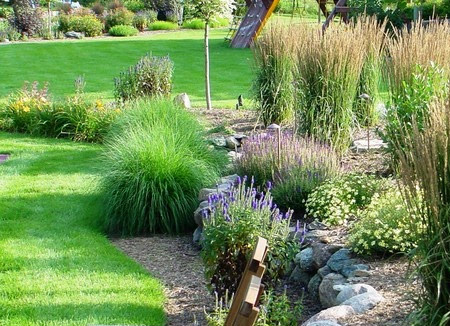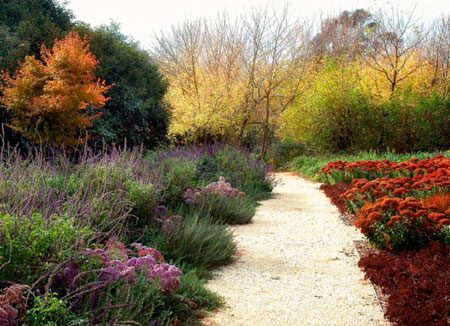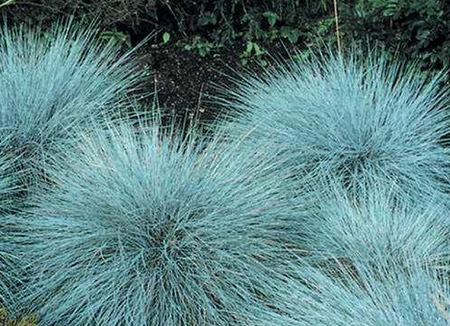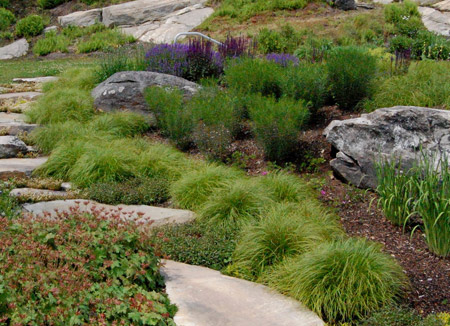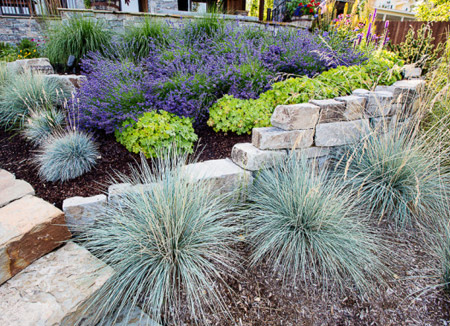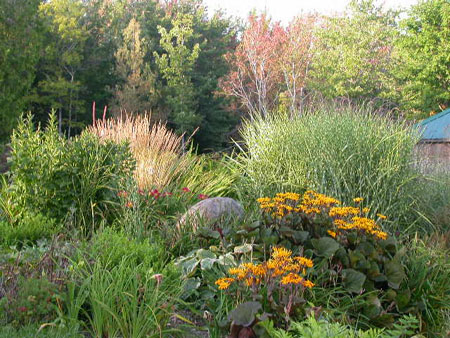A water wise garden with drought-tolerate plants
As the heat becomes intense many garden plant varieties tend to wilt from lack of water. Ornamental grasses are not only boldly dramatic, they know how to tough it out in the heat of summer. Once established, ornamental grasses require only an occasional watering - making them perfect choices for a water-wise garden.
Here's how to plant and care for these self-sustaining plants.
Match the grass to your conditions
Most ornamental grasses, including blue oat grass, bluestem, fescues, reed grass and maiden grass do best in sunny locations. Select types that are best suited to the light exposure in your garden. Whether sun or shade lovers, all ornamental grasses demand well-drained soil and most prefer poor rather than nutrient-rich soils.
Prepare the hole
Water the potted grass specimen to ensure the roots are moist prior to planting. Before digging a hole, allow enough space between other plants in the garden to accommodate the mature size of the ornamental grass you've chosen. Very tall ones might need as much surrounding space as one metre. Then, prepare the hole as deep as the pot the grass is growing in and three times as wide. Fill the hole to the rim with water and allow it to drain completely.
Remove the plant from the pot
To remove the grass from the pot, squeeze the sides firmly to loosen the soil around the root ball. Slowly tip the pot upside down, gently guiding the plant from the container with your hands. Gently tease the roots apart.
Plant the grass
Place the root ball into the hole, spreading out the roots, and set it so the crown of the plant sits at, or slightly above, ground level. (Adjust the level by adding or digging out soil.) Fill in the hole with soil, gently tamping down with your hands as you go to remove air pockets.
Water well
Once planted, water the grass with the same amount of water as the size of the pot. Add a transplant fertilizer solution, such as Sea Spray Organic Kelp Fertilizer, to the water according to label directions.
Maintenance
Once established, ornamental grasses need very little care. Shear them back in early spring to about 5 to 10 centimetres above ground level. These low-maintenance plants generally require no supplemental feeding or watering.
Create a wonderful garden scape with different varieties of ornamental grasses. Your local nursery or garden centre will be able to advise on the different types of grasses and their growing habits.
You can uses high and low varieties of ornamental grass in landscape design, in the same way you would use flowering plants and shrubs. When planting ornamental grasses make sure to plant the tallest in the back, the shortest in the front and the rest in the middle.
A popular ornamental grass to plant in residential gardens is Festuca. This little beauty tolerates almost any conditions and offers a splash off green-blue to garden beds.
Carex 'Frosted Curls' and Testacae are hardy, drought-tolerant plants that require little maintenance. Frosted Curls, with its drooping foliage is a clump growing plant than changes colour throughout the season. This cultivar produces small green flower spikes from early to late summer. Testacea has reddish foliage
What not to plant
Grasses: Spanish reed (Arundo donax); pampas grass (Cortaderia selloana and C. jubata) - excluding sterile varieties of C. cordata; nassella tussock (Nassella trichotoma); white tussock (Nassella tenuissima); fountain grass (Pennisetum setaceum - excluding the sterile cultivar 'Rubrum') and feathertop (P. villosum).

